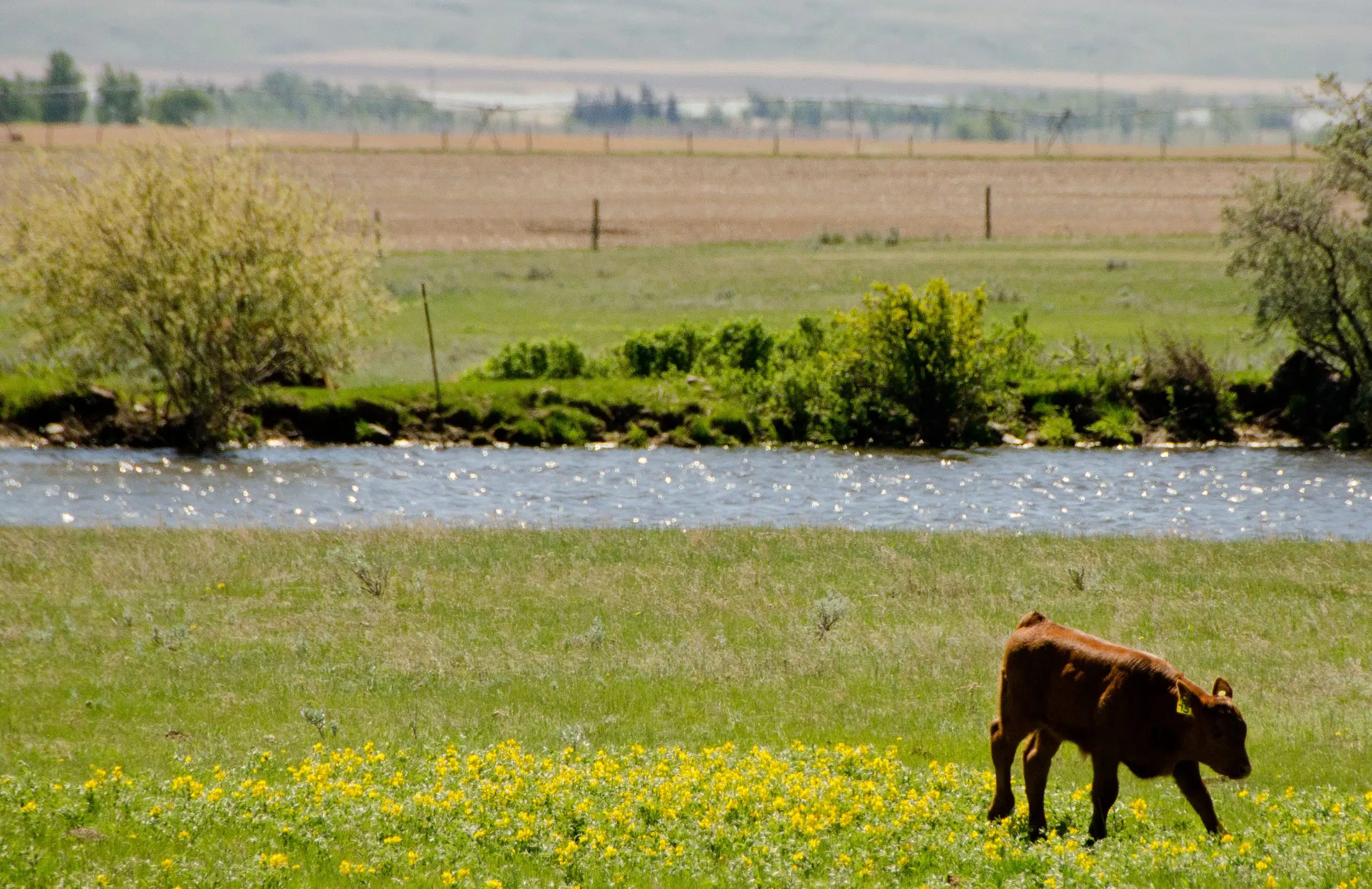
CFIA in final stages of bovine tuberculosis testing
MEDICINE HAT, AB – The Canadian Food Inspection Agency (CFIA) is heading into the final stages of testing after bovine tuberculosis was discovered in the province more than one year ago.
Dr. Rick James-Davies, chief inspector with the CFIA, says the organization is moving towards its final testing of trace in herds, and it will likely be concluded within the next two weeks. The agency is testing 71 trace-in herds.
Trace-in herds are ones which sent animals to the initial infected herd near Jenner within the last five years.
